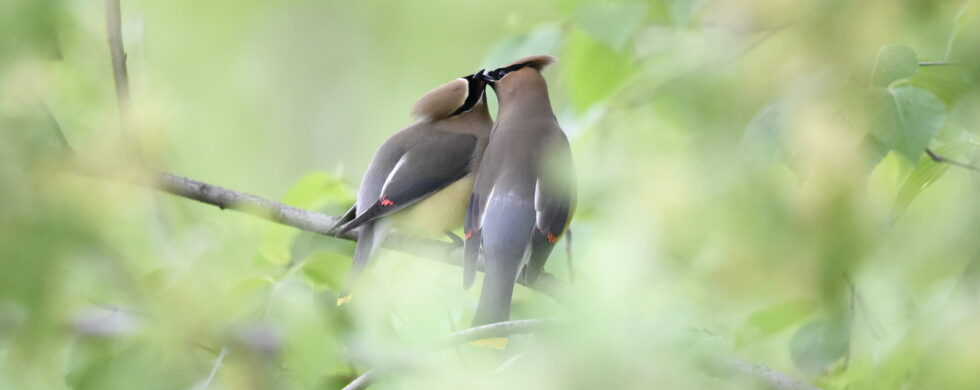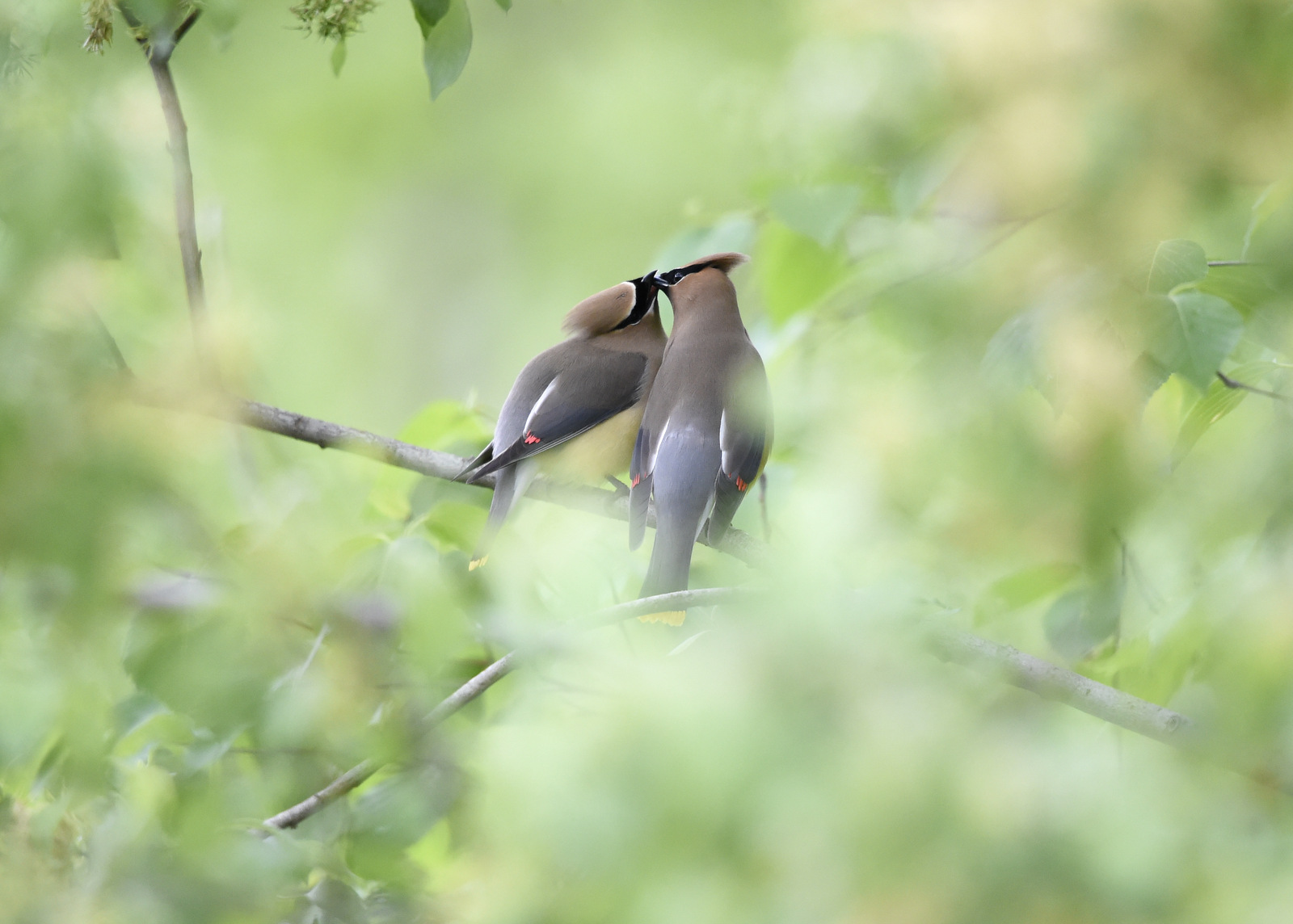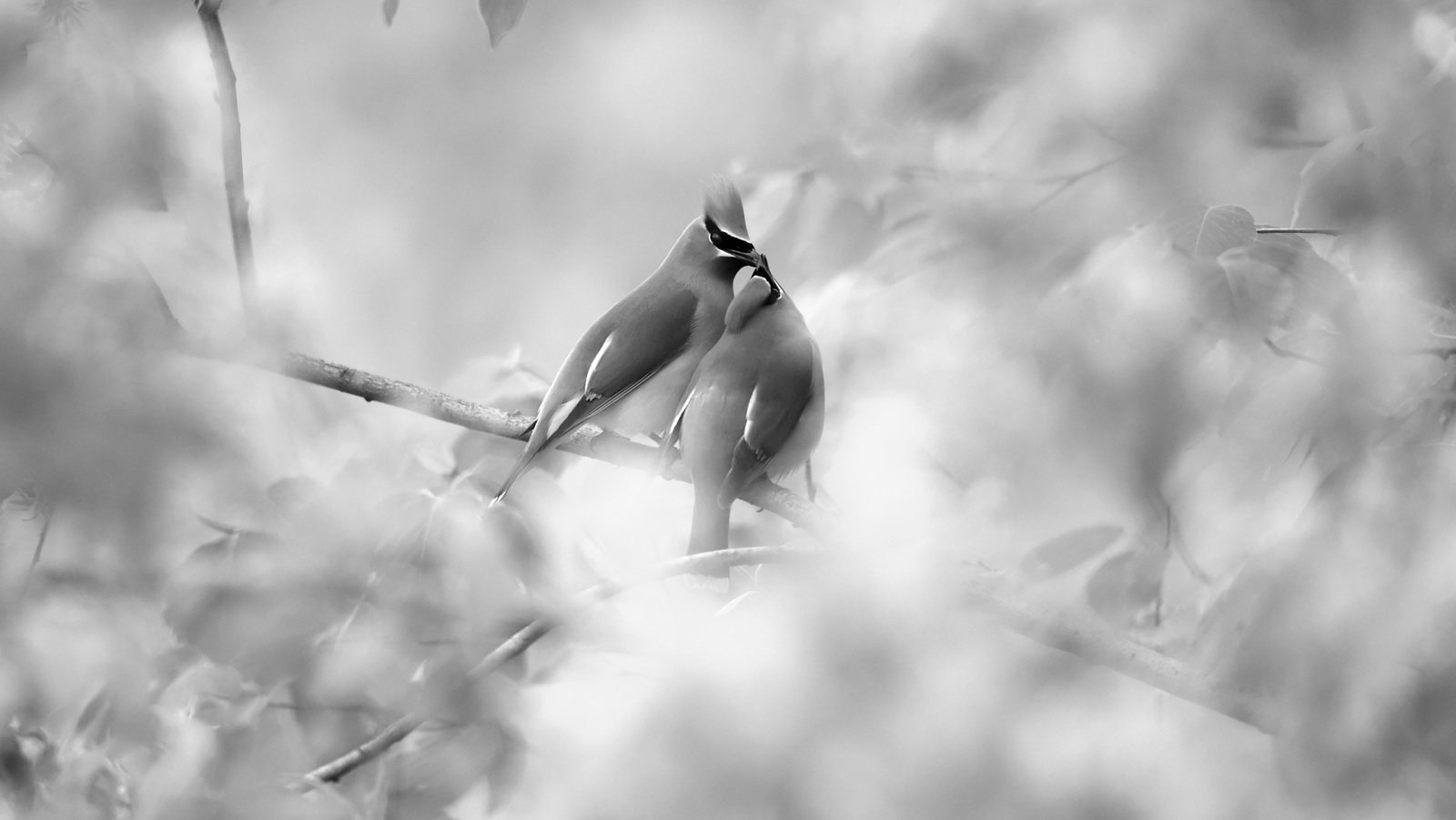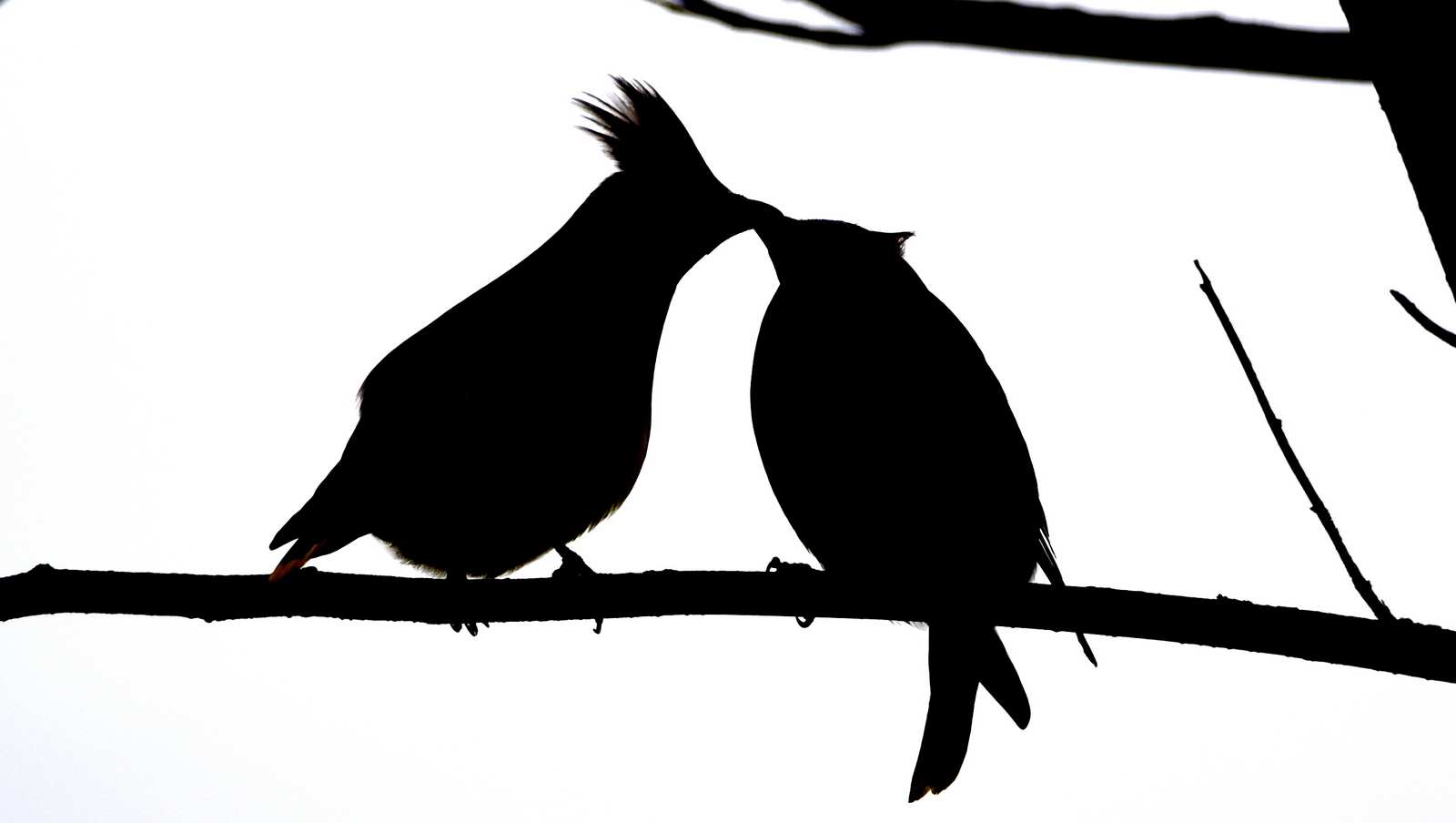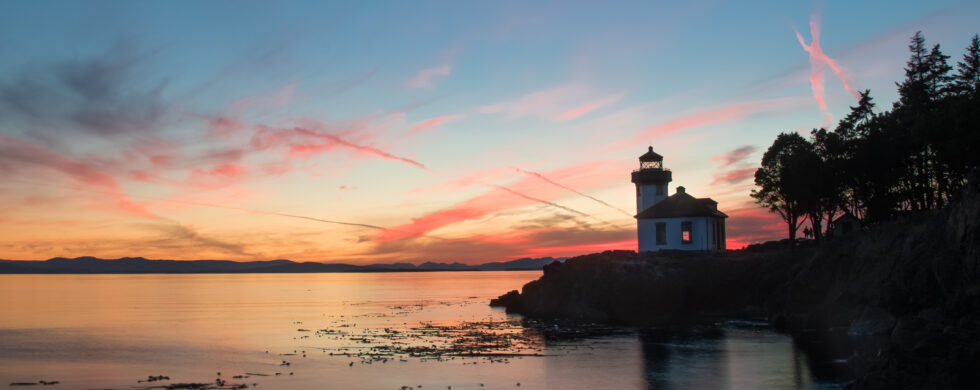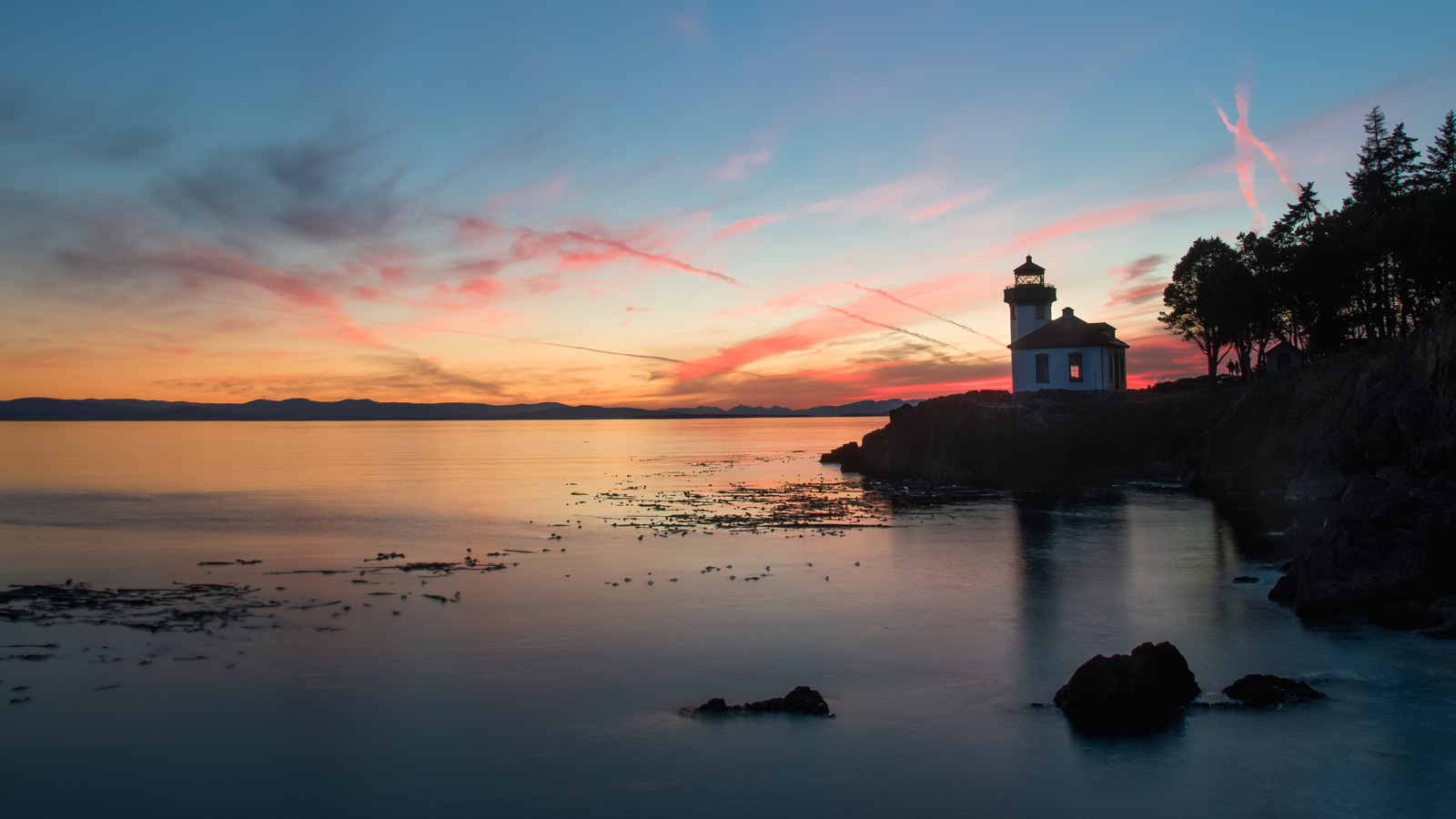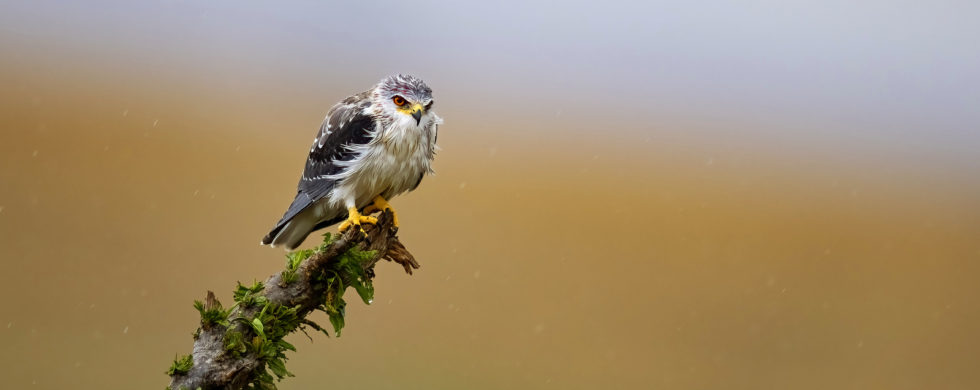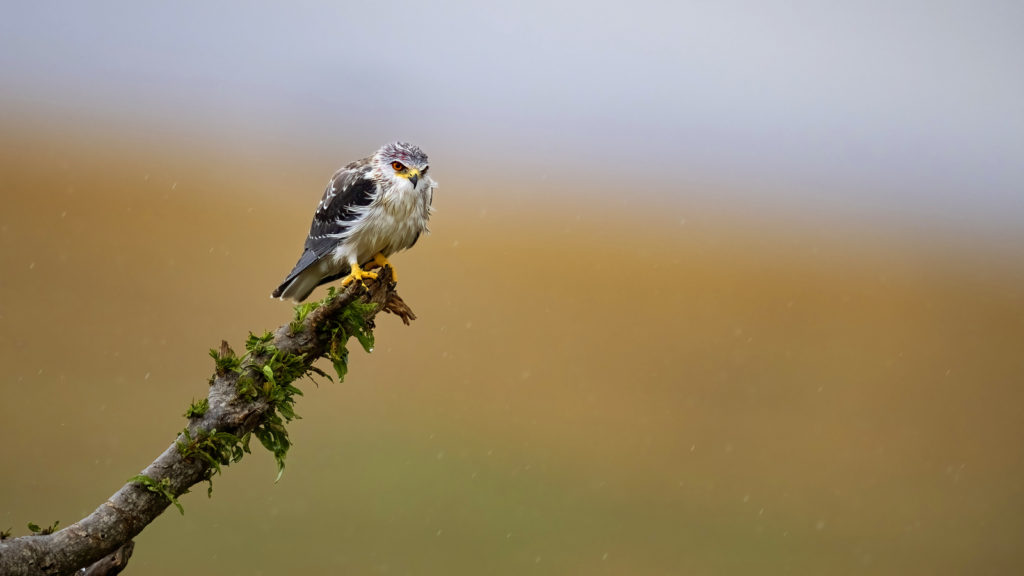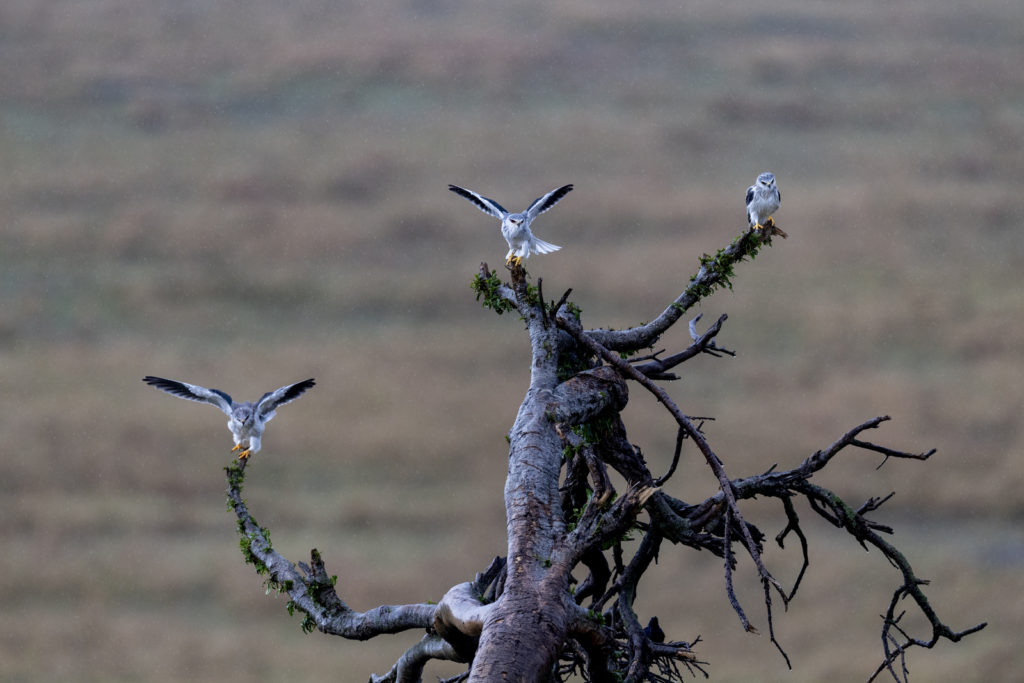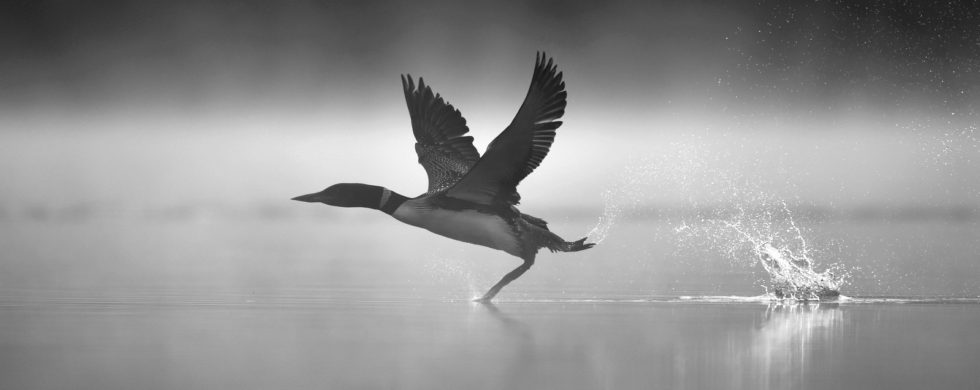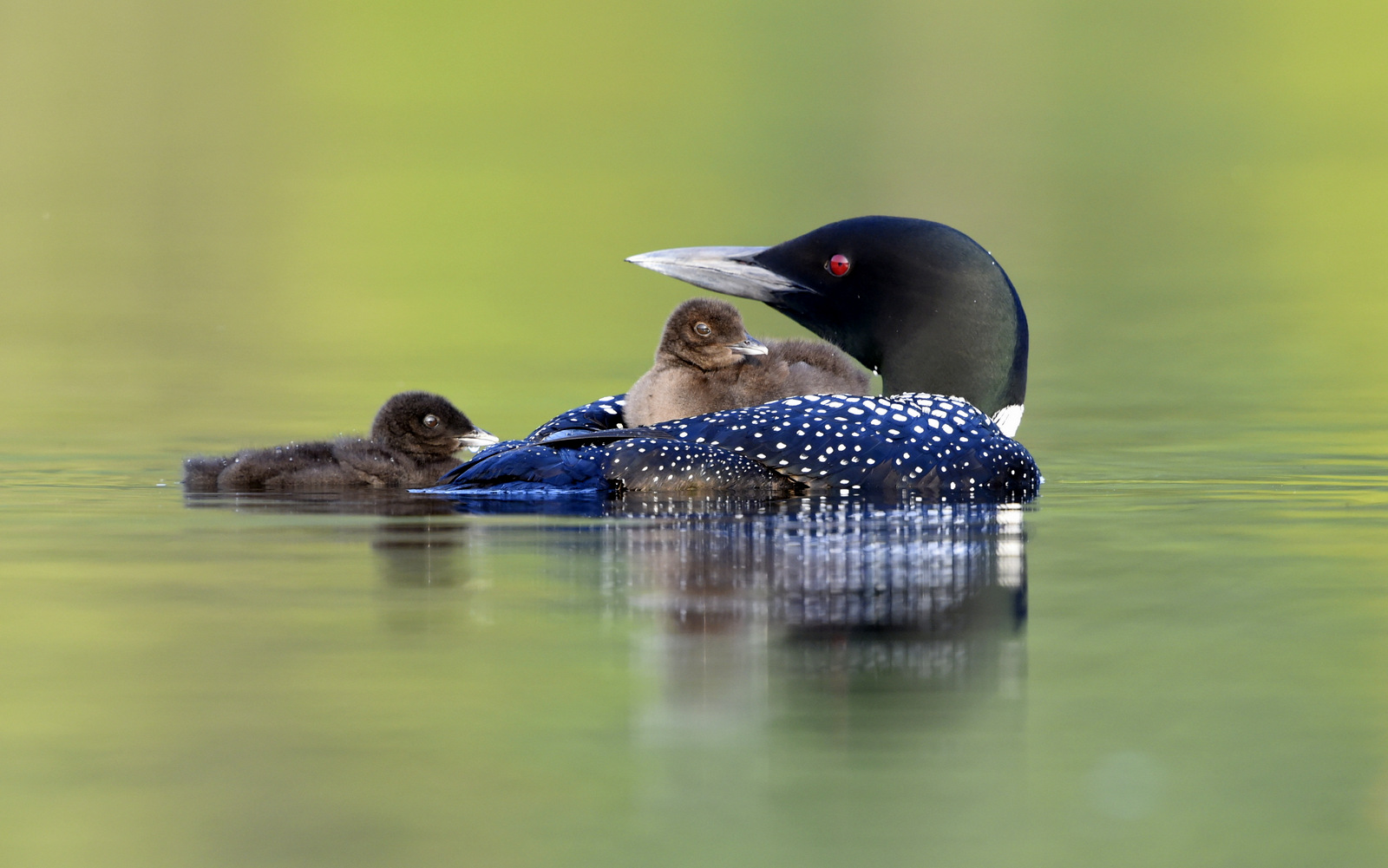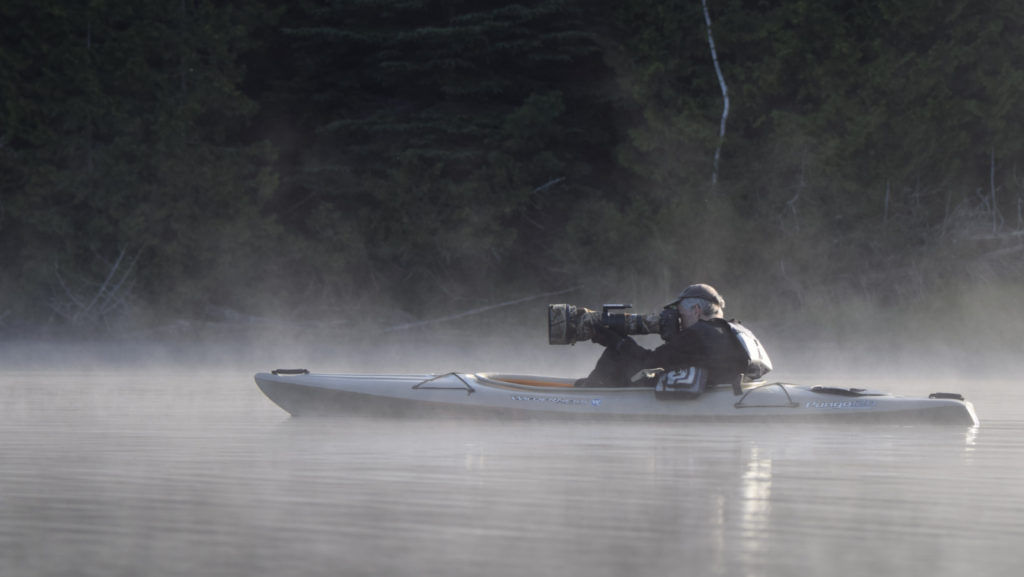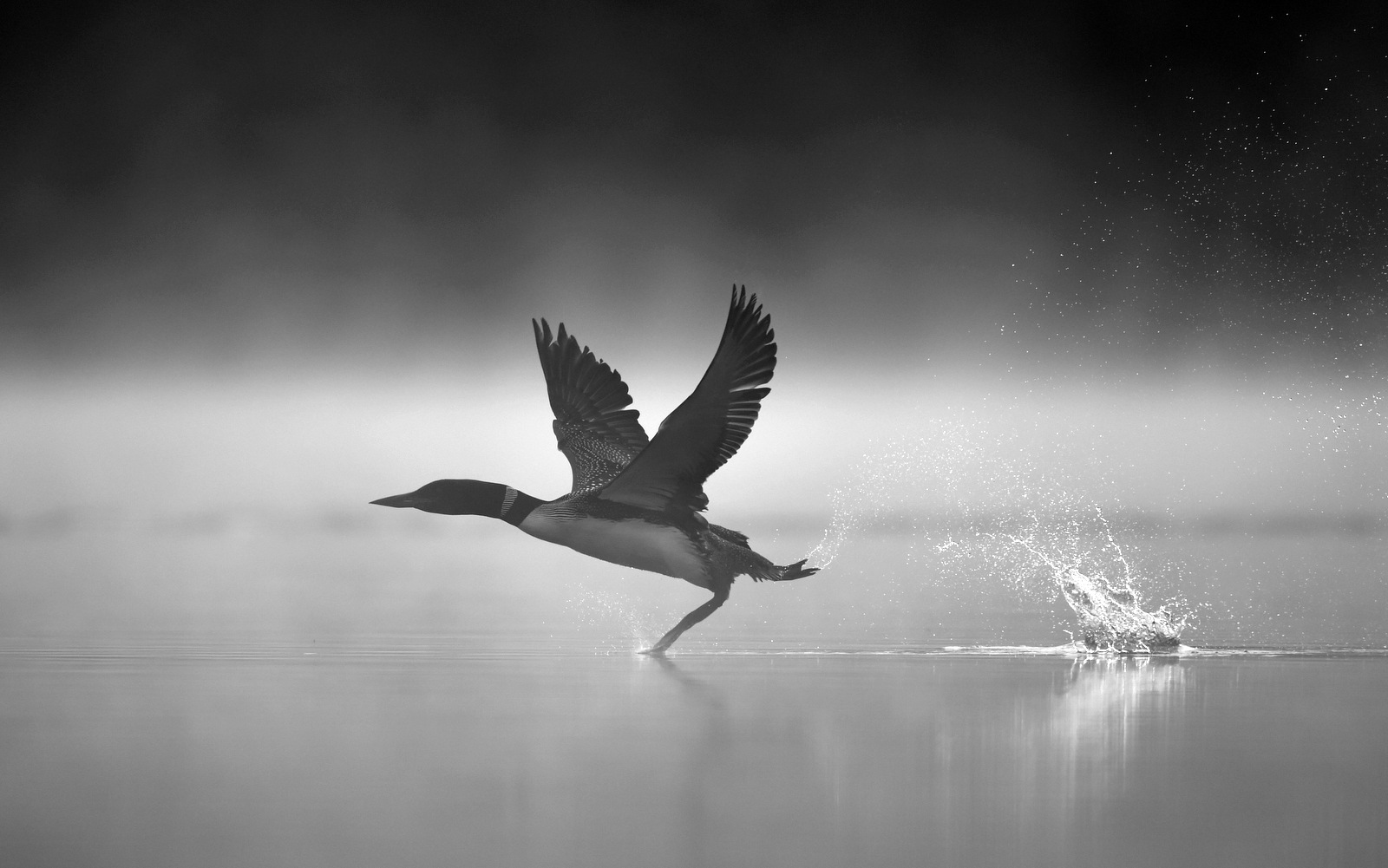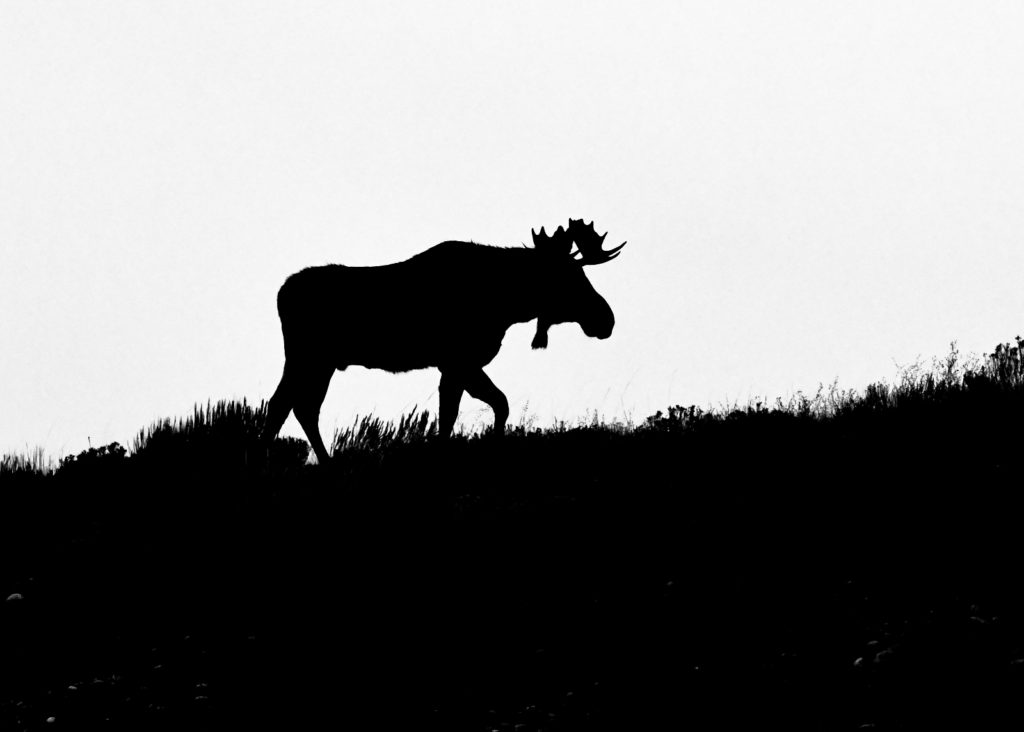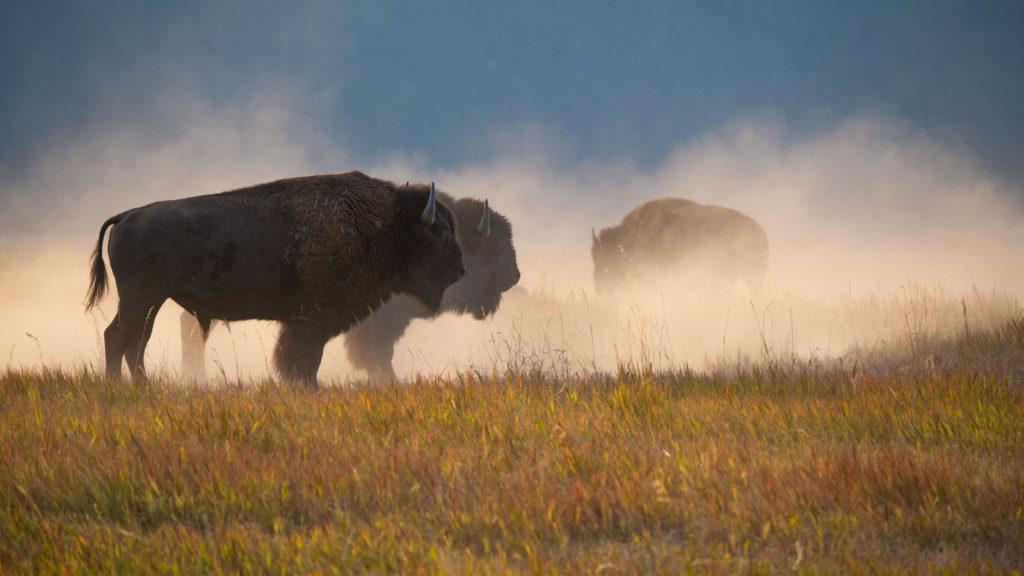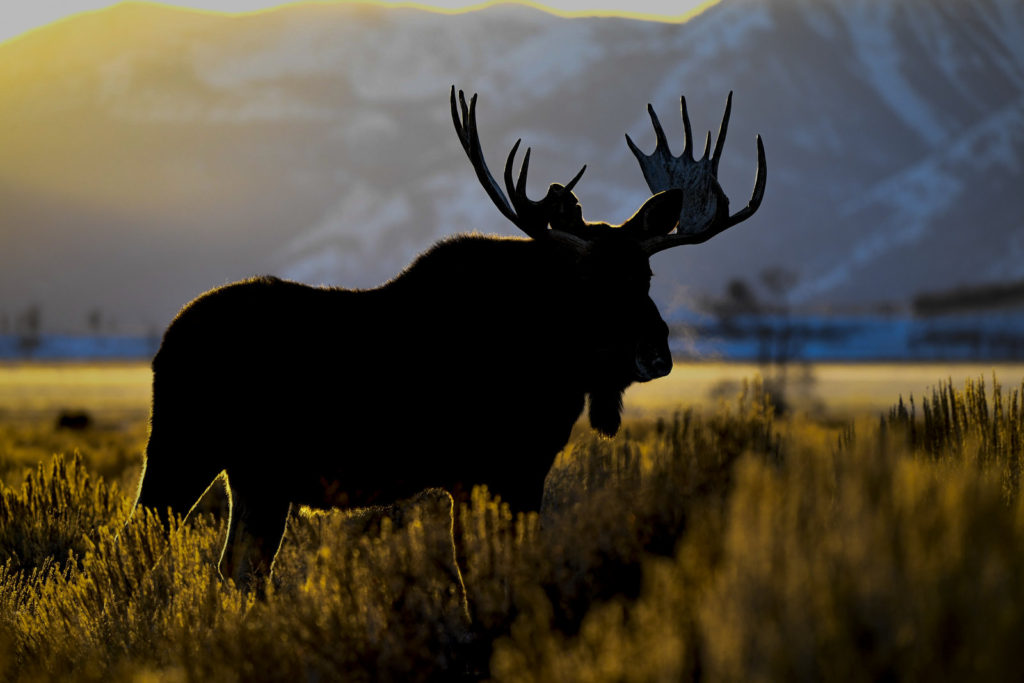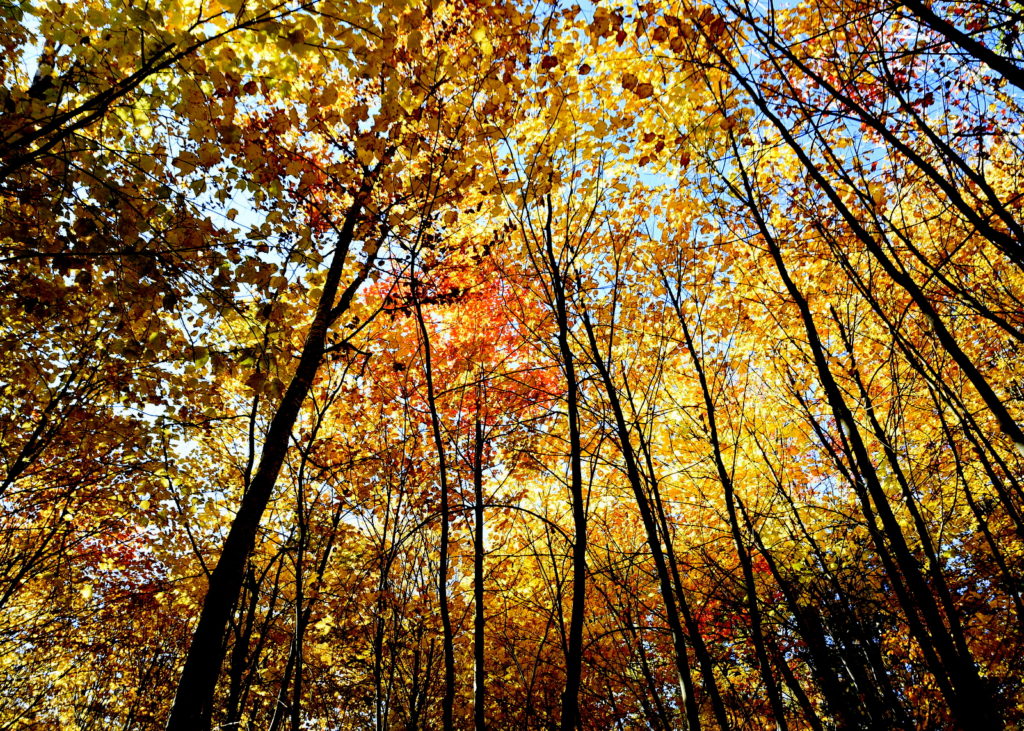Shot of the Month – June 2022
The natural world is filled with stunning beauty. I am certainly drawn to it and spend much of my free time trying to capture it with my camera. However, surviving in the wild is not for the faint of heart as life in the food chain is an endless battle between predator and prey. Many of us are attracted to the predator as we admire their cunning and specialized skills. Others root for the prey, especially if said prey is cute and cuddly.
In this post, I will share images where the predator was successful. This post will not be for everyone – if you are squeamish and don’t like to witness this harsh reality, I suggest you skip this month’s images.
In 2021 I went on a safari to Kenya that was focused specifically on the big cats. We would spend hours searching for lions, leopards, or cheetahs with hopes of witnessing those epic life-and-death struggles. The trip was so “successful” on that front that by the end we were quite traumatized by the amount of death we witnessed. We definitely experienced PTSD – Post Traumatic Safari Disorder. During a 10-day period, we saw a life-and-death struggle almost every day and sometimes several times a day.
Cheetah Mother and Cubs
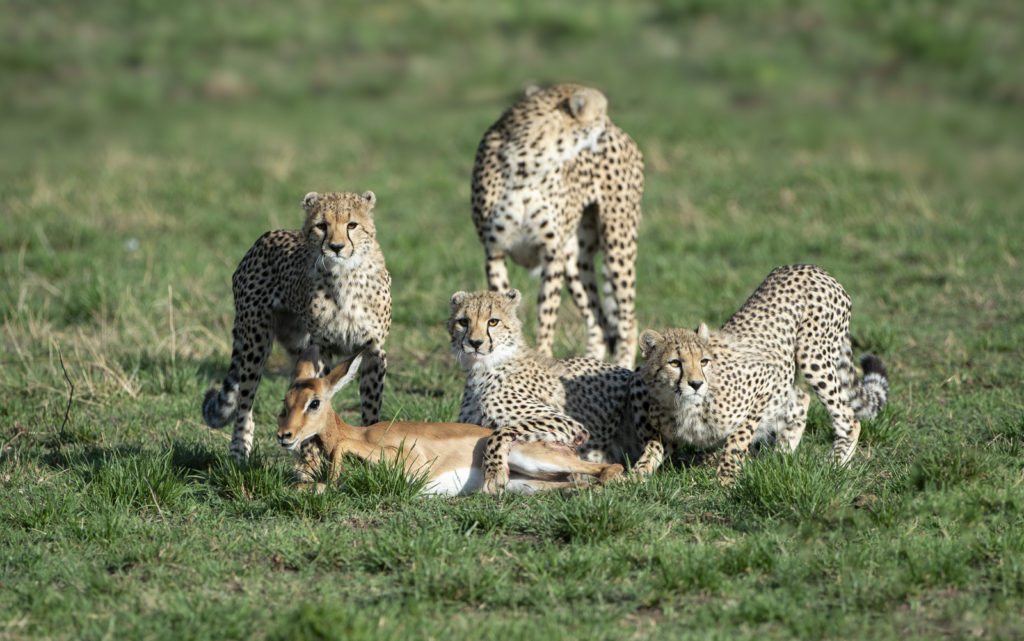
We spent many hours over several days with this cheetah mother and her three cubs. The female was absolutely stunning looking and was by far the most impressive cheetah I have ever seen. Cheetahs are often timid and skittish. Not this female. She was powerfully built and walked with a confidence and swagger, unlike anything I have ever seen with a cheetah. Every day she had to find a meal for her growing cubs and we saw her hunt several times. In the image above mom caught a young impala but she did not kill it. Rather, she called her cubs over to have them learn/practice how to suffocate their prey. It was a tough scene to watch as the cubs didn’t know how to effectively apply the neck bite and the death was slow and drawn out. While it was a sad end for the impala, the cheetah mom had again provided essential food for her family and taught her cubs important life skills that they will need if they are going to survive on their own.
Piglets
One morning we drove to a location where we heard that two cheetahs had been spotted. As we approached we saw a couple of other vehicles sitting nearby. We had no idea where the cats were but we surmised that the cats must be sitting or lying in the tall grass in front of us. We stopped the vehicle and prepared ourselves for a long wait. But only five minutes later…
“Holy Crap!!” A warthog mom and her two piglets appeared out of nowhere and trotted down the path towards us not realizing the danger that lurked nearby.
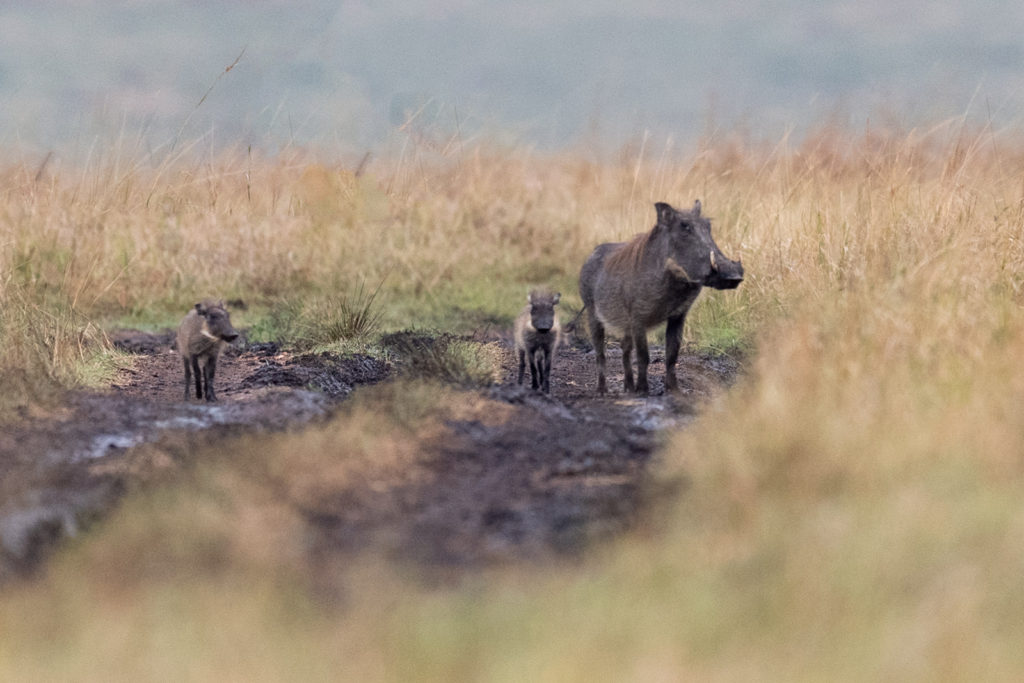
After a brief stop, the warthog family continued down the road. The two cheetahs exploded from the grass. Mom warthog bolted straight ahead while the piglets ran in the opposite direction. The two cheetahs began chasing Mom but after a few yards, they stopped. The cats realized that the easier meal was behind them. The cheetahs changed direction and moments later each had caught a piglet.
In the blink of an eye, the mother warthog lost her entire family. In this image, we see the two cheetahs fighting over one of the piglets:
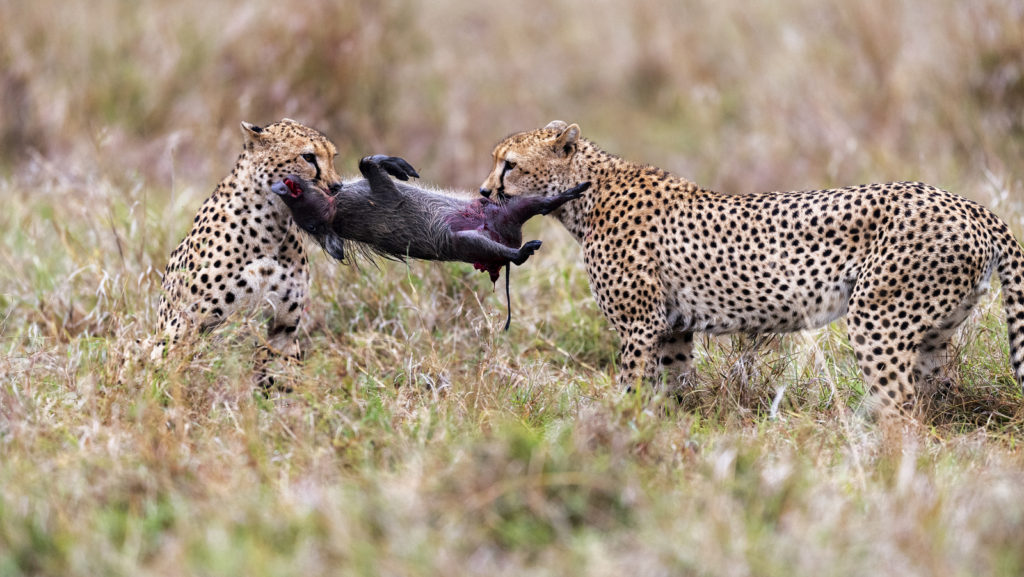
Young Topi and Young Lion
Near the end of a long day, we found a pride of lions stalking a herd of Topi that was about 100 yards in front of our vehicle, a bit off to the right.
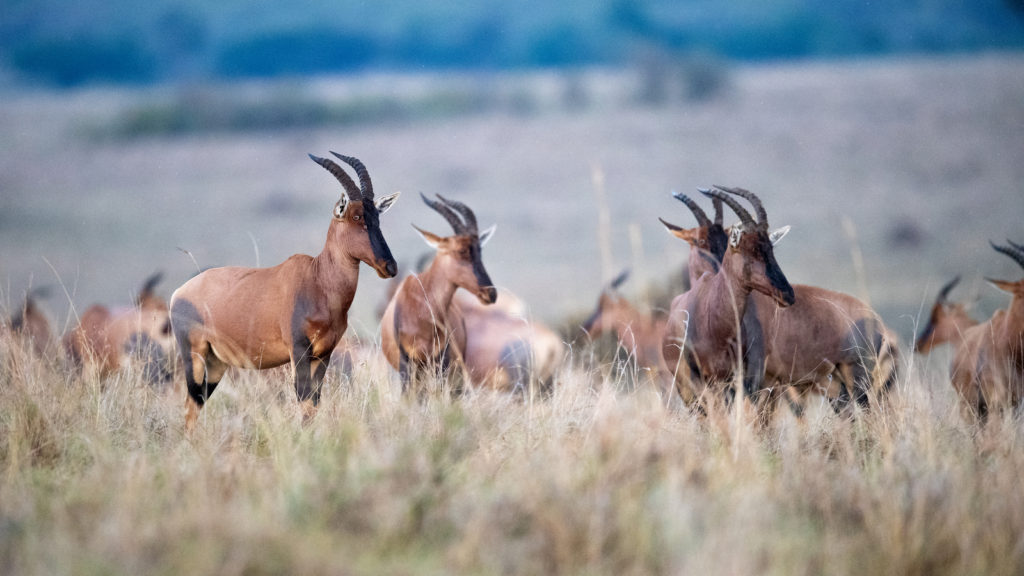
While waiting I looked behind our vehicle and saw an adult Topi that seemed to be bleeding. I looked through the binoculars and saw blood on her rump. I said, “Hey look, that adult must have been attacked by a lion but managed to escape with those fresh wounds.” My partner took the binoculars and said, “No, she just gave birth, the newborn is lying just nearby. That blood is the afterbirth.” What a wonderful surprise.
Our joy was short-lived.
In the next moment, a young lion cub appeared and ran over and grabbed the newborn calf – most likely his first kill as a very young lion. The young calf’s “circle of life” was complete in just a few minutes and this emotional roller coaster left us reeling as we careened from joy to horror in seconds.
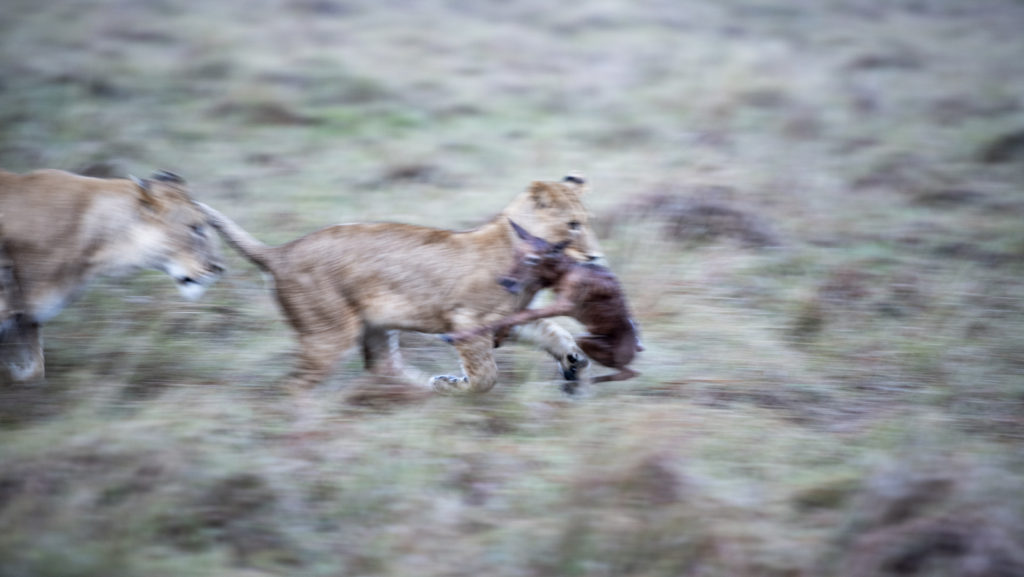
It was quite dark when I shot this image so the shutter speed was quite slow – the motion blur helps soften this Shakespearean tragedy – a bit. This was a particularly traumatic day – our day started with the warthog piglets and ended with the topi calf.
But the day had one last surprise. While watching the young lion run off with the topi calf we heard a commotion back out in front of our vehicle. We drove over and found that the stalking lion had just captured an adult topi.
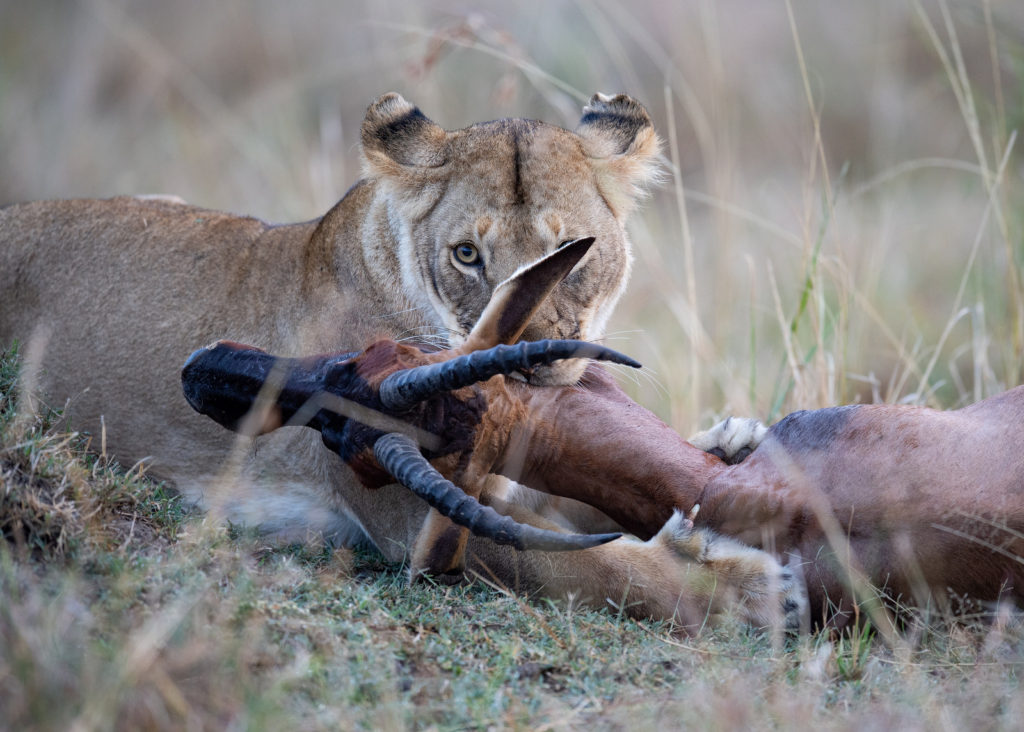
A very tough day for the topi herd.
But don’t let these selected stories mislead you – we saw multiple other encounters where the prey won the day. Life is a struggle for all wildlife, predator and prey alike. In reality, the vast majority of predator hunts end in failure. Likewise, most young lions, leopards, and cheetah cubs never make it to adulthood.
I admire the beauty in both sides of the struggle. And I take solace that with each life lost, the “sacrifice” allows others to survive and keep the ecosystem in balance.
Ok, I promise, next month, definitely something cute and cuddly…
Cheetah Mom with Cubs (Nikon D4S, Nikon 200-400mm, f/5, 1/4000s, ISO 720

